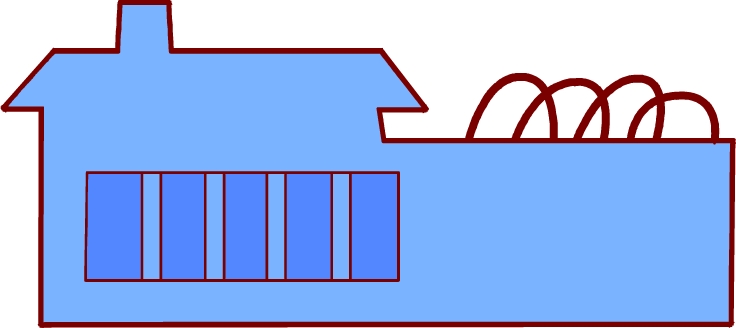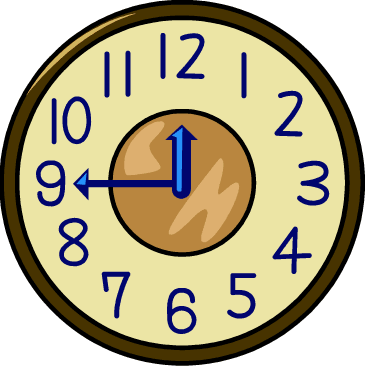ESL Legal Writing
Doing ESL legal writing exercises is a good way to get better at understanding and being able to use words about the law in an everyday way.

There are 4 exercise on this page that you can do and that will help you become better if you do them and work hard. When doing these exercises you need to really try to use the best word. When writing you have plenty of time to think about and use the best vocabulary, so do that and write good answers to these tasks. If you need any help you can look at the ESL legal vocabulary page.
The 4 tasks for you to do are as follows:
- Several writing topics.
- Passage to be rewritten as a summary.
- A picture you need to describe.
- Some role-plays for you to write.
ESL Legal Writing Exercises
Exercise 1 – Writing Topics
For the first ESL legal writing exercise you need to pick one of the following writing topics about the law and write as much as you can. You should use full sentences and paragraphs. Try to use as much of the legal vocabulary as you can so you can learn how to use each word in context. To really get better, once you have finished the first topic you can do the other 2 as well.
- Describe what happens in a court case.
- Explain about the different crimes that people commit.
- Describe how can mistakes in court cases be made and what happens when they are discovered.

Exercise 2 – Write a Summary
This exercise has an ESL legal writing passage that you need to summarise. This means that you need to read and understand the passage and then try to rewrite it so that it means the same thing but with different words used. Also try to make it a bit shorter.
What is it like to be on a jury?
Juries are a very important part of the legal system. They are the people who decide if a defendant is guilty or not guilty of the crime they have been accused of. The jury listens to all the evidence that the prosecution and defense lawyers present. They use the information from the evidence to make their decision.
In most countries the jury will be made up of twelve people. Sometimes there can also be alternate or spare jurors if the trial will be very long or complex. These extra jurors will listen to the evidence and be ready to replace one of the main jurors if they become ill or cannot continue for any reason. This means there will always be twelve people to decide if the prosecution proved their case or not.
While the trial is happening the jury is not meant to speak to anybody about what they have heard or what they think of the evidence. During the day when they are not needed in the courtroom, for example, when it is lunch time, they have a special room called a jury room where they can go. This room is also used at the end of the trial when they have heard all the evidence and have to make their decision.
When the jury needs to decide if the case has been proven or not they go to the jury room and all sit down round a table to discuss and talk about what they think of the evidence. They will consider each piece of evidence and then move onto the next, until the end. Then when they are ready they will vote to decide whether the defendant is guilty or innocent. Usually a unanimous verdict is needed.
Exercise 3 – Describe a Picture
Describe what is happening in the following picture for this ESL legal writing task. But also describe what might have happened before this picture, why is the situation shown in the picture happening, and what will happen next, after the situation shown. Try to include lots of details and write as much as you can.

Exercise 4 – Writing Role-plays
For the final exercise on this page you need to write some ESL role-plays. For each one you are given the location (where it is happening), the situation (what is happening) and the participants (the people involved). Think what they would say to each other and then write it all down. Once you have finished you can find a friend to perform the role play with.
Role-play 1
- Location: Outside some court rooms.
- Situation: Waiting to go into the courts.
- Participants: 2 (or more) witnesses for different trials.
Role-play 2
- Location: In court.
- Situation: A witness is giving evidence.
- Participants: Witness, lawyers and others if needed.
Other Pages Legal that You Might Like
ESL Legal Conversations
ESL Legal Listening
ESL Legal Reading
ESL Legal Vocabulary
ESL 4u home › Writing › Legal


|
|



New! Comments
Have your say about what you just read! Leave me a comment in the box below.